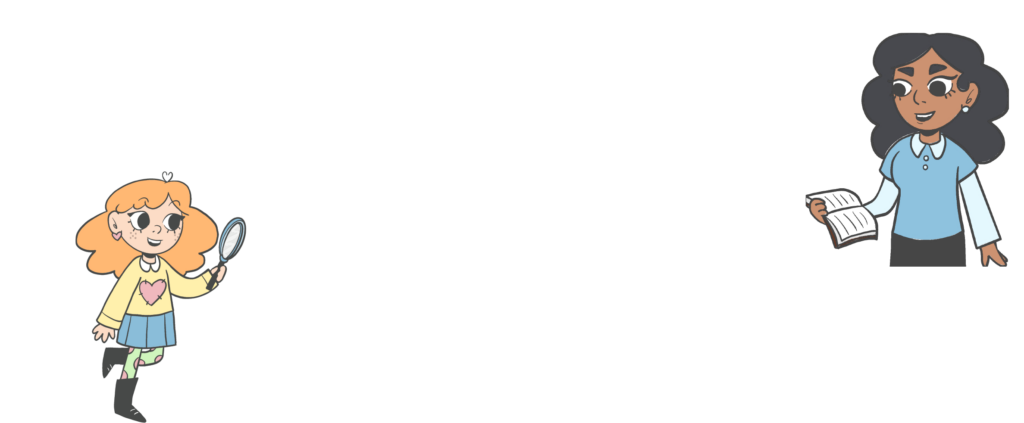Substance use prevention is an urgent, yet often overlooked, topic that our educational system must grapple with. As educators, we’re tasked with a formidable yet rewarding responsibility: equipping our students with the knowledge and resources necessary to make informed decisions about substance use. Let’s dive deeper into this subject and explore some strategic steps for seamlessly integrating addiction prevention into the classroom, highlighting the undeniable benefits along the way.
Let’s Begin Early: The Power of Age-Appropriate Education
Instilling the basics of addiction prevention starts at a young age, beginning with age-appropriate discussions about the hazards of substance abuse. As our students mature, we can progressively enrich these dialogues, delving into the complexities and ramifications of addiction.
Creating Safe Spaces: Encouraging Open Communication
Creating an atmosphere where students feel at ease expressing their thoughts and feelings about addiction and substance abuse is pivotal. A classroom environment that promotes open communication allows students to ask the hard questions and share their own experiences or fears.
Unified Front: Collaboration Among Educators and School Staff
Joining forces with fellow educators, school counselors, and other staff members can lead to the creation of a robust and comprehensive addiction prevention program. This inclusive approach ensures a united front, embodying the “it takes a village” philosophy.
Teaching Resilience: Promoting Healthy Coping Strategies
Life can be a rollercoaster of emotions and stressors, especially for students navigating their formative years. As educators, we can guide them to develop healthy coping mechanisms to manage these challenges. From mindfulness and physical exercise to self-expression via art, music, or writing, these strategies can equip students with invaluable skills that serve them well beyond the classroom walls.
Knowledge is Power: Providing Access to Resources
An informed student is an empowered student. It’s essential to ensure our students are aware of the support resources available to them, both within the school and in the wider community. These can range from school counseling services and local support groups to national hotlines.
Making It Relevant: Integrating Substance Use Prevention into the Curriculum
One effective way to normalize the conversation around addiction prevention is by weaving relevant topics into various subjects, such as health, science, and social studies. This approach can make the issue more relatable and help students appreciate the pervasive impact of addiction on different aspects of life.
In conclusion, by instating strategic addiction prevention initiatives in the classroom, educators can significantly contribute to promoting the well-being of their students. Our collective mission is to provide a supportive, informative, and inclusive environment that prepares our students to make informed decisions about substance use, fostering a healthier future for all. At Emily’s Hope, we believe in the transformative power of education, and together, we can make a difference.



Leave a Reply